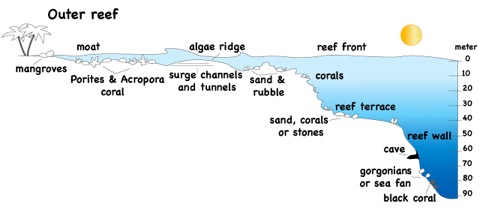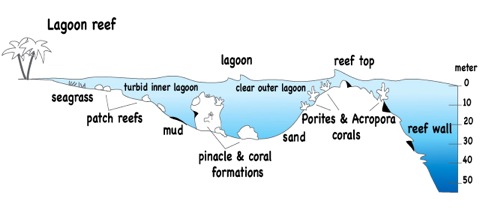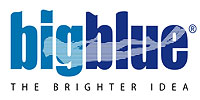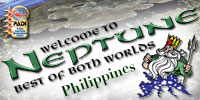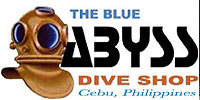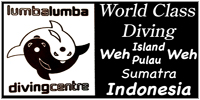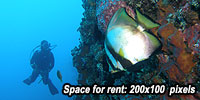THE CORAL REEF
A coral reef is a prime example of rich biodiversity. Reefs themselves are composed of algae, corals and many amazing varieties of plants and animals, both microscopic and large. Reef surfaces swarm with fishes, tiny crustacean, mollusk and worms. There are of course many more tiny animals and plants living secretly in reef crevices and holes that human visitors rarely see. Many of these tiny organisms, are still scientifically unknown, and no one has yet accurately estimated the total numbers of different species living on coral reefs. What we do know, however, that parts of the reef ecosystem depend upon one-another and that the reef ecosystem depends upon neighbouring systems. Coral reefs are linked to other habitats such as mangrove swamps and sea grass meadows, not only by geography but also by biology, these three distinctive habitats provide shelter and food to many of the same species that often migrate between these habitats as they grow and feed. Mangroves and sea grass habitats are the nursery grounds for many of these same fishes and invertebrates we see as adults on coral reefs. Coral reefs play a very important role in our ecosystem, and have to be protected. Protection starts with education, but in many places based at coral reefs, education is a problem because lack of knowledge and interest of local politicians. Localised threats to corals reefs include fisheries, human development, dynamite and chemical fishing, domestic and industrial pollution, sedimentation, human recreation and tourism activities. So the only way to protect, is to act. Support local and international organisations who keep themselves busy with protecting these environments, and think about these threats when spending time among these beautiful, but fragile reefs.
DIFFERENT TYPES OF REEFS